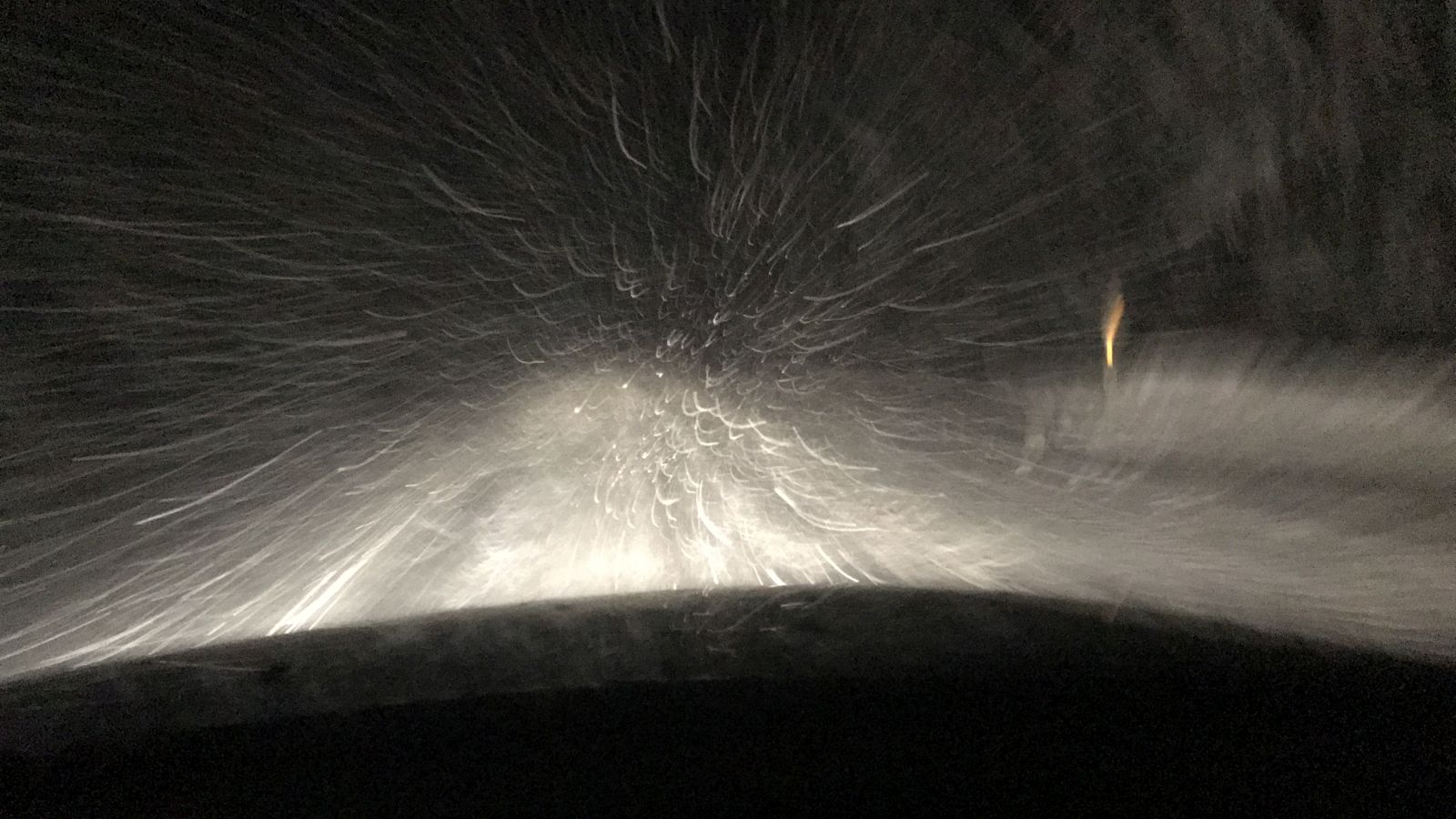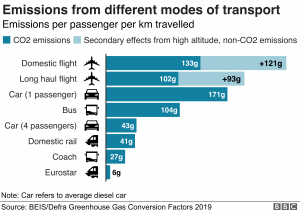When a slow traveling experience results in a performance

As a part of the ACT: Art, Climate, Transition network, co-funded by Creative Europe, dramaturg Jānis Balodis together with director Nahuel Cano have begun their incurably curious residency aiming to create a performance which will premier in the International Festival of Contemporary Theatre “Homo Novus” in 2022. The ACT network and the artists themselves are concerned with themes related to climate change and are willing to do anything to make as small ecological footprint as possible. Because of this, they decided to implement slow travel as a means of traveling from the Netherlands to Latvia.
Slow travel is a more sustainable form of traveling, moreover, it provides an opportunity to see different surroundings, connect with various people and by ‘slowing down’ offers time and place for extensive thinking. In the pictures below one can see the route which the artists took to get from the Netherlands to Latvia; a route that included a ferry, a bus and a car traveling through the wintery, snowy roads. As the artists themselves explained, the long road gave them the needed inspiration for the performance, and will be present in the work itself.
When we asked Nahuel to tell us about his experience, he admitted that the trip was super interesting for him: “In many parts it went through the “back roads” of Europe: the bus stations, the ferry terminals, the small roads. I traveled alongside workers from eastern Europe going back home, and truck drivers, also men that bribed the bus driver to allow them to get into the bus, or women from the countryside going to a big city. It was a very different world than the one of airports, usually populated by businessmen/women and middle class people going on vacation. Also it was a trip populated mostly by middle aged men traveling alone, specially in the roads and ferry sections; every time I jumped into a train station or train, the picture changed a lot with more women, families, young and old middle class people around.”
1.,2. Metro station in Amsterdam 3. Waiting for Flixbus in Amsterdam 4. Interior of the Flixbus
1.,2. Somewhere in the Netherlands 3. Somewhere in Germany 4. Hamburg station
1. Outside the Kiel station 2.,3.,4. The Ferry terminal in Kiel
1.,2. On the Ferry 3. Klaipeda Ferry terminal 4. Driving to Riga
The total costs of the travel consisted of:
Total costs of the travel – 221,01 EUR
Length of the trip – approximately 40 hours
If compared with flight tickets, direct flight Amsterdam – Riga would cost approximately 230 EUR and take 2 hours to fulfill.
Surely, flight takes less time and costs approximately the same, yet aviation contributes about 2% of the world’s global carbon emissions (according to the International Air Transport Association). Flights produce greenhouse gases – mainly carbon dioxide (CO2) – from burning fuel. These contribute to global warming when released into the atmosphere. Furthermore, the climate effect of non-CO2 emissions from aviation is much greater than the equivalent from other modes of transport, as these non-CO2 greenhouse gases formed at higher altitudes persist for longer than at the surface and also have a stronger warming potential.
If you would like to compare the energy consumption, the CO2 emissions and other environmental impacts for planes, cars and trains in passenger transport, check out this wonderful resource .
This simple The Guardian tool also works great, indicating the carbon footprint of your trip. Unfortunately, it is not possible to calculate the footprint for the route Amsterdam – Riga, but taking as an example Amsterdam – Berlin (to and from), which is a significantly shorter route, it calculates that the route generates about 144 kg CO2 and that there are 11 countries where the average person produces less CO2 in a year.
We would also suggest checking out this inspiring website Mark Smith, the creator of the website, suggests various travel opportunities, gives his know-hows and even indicated the prices for alternative travel. Definitely a useful source if looking into the opportunities of slow travel.
But if you are in a need of a simple, spot-on proof than indicates the emissions per passenger from different means of transport, have a look at this easy to understand chart:

In the International Festival of Contemporary Theatre “Homo Novus” we aim at limiting our carbon footprint as much as we can, by suggesting all of our international artists to practice slow travel when coming to Latvia. We hope that this article will help you to make this choice while giving some useful tips.
“ACT: Art. Climate. Transition” is co-financed by the EU’s programme “Creative Europe”
ACT is a European cooperation project on ecology, climate change and social transition. In an era of climate breakdown, mass extinction and growing inequalities we join our forces in a project on hope: connecting broad perspectives with specific, localised possibilities, ones that invite or demand that we act.


Back
